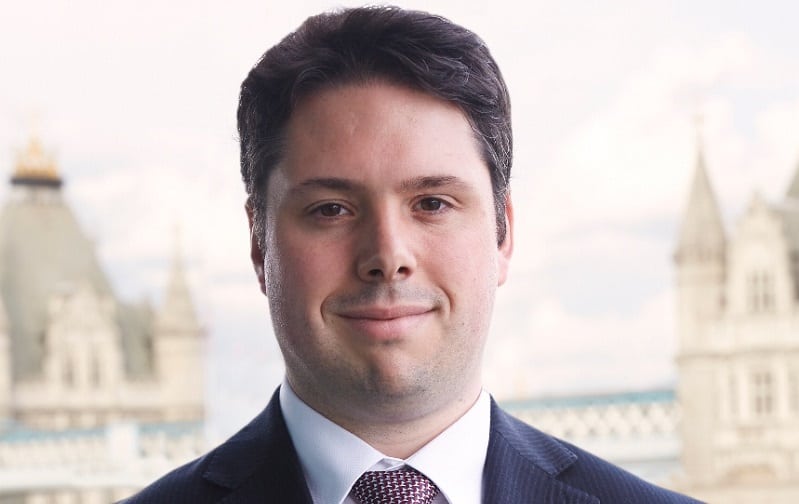In a clear sign of how strange a place we find ourselves in a decade after the financial crisis, the biggest challenge we currently face is the prospect of good news. Traditionally portfolio managers have had it easy when times have been good and have been forced to prove themselves when the inevitable recession hit; today every positive headline has the potential to hurt returns.
This ‘good news is bad for markets’ paradigm has existed for a while now. Low interest rates and ultra-loose monetary policy has provided a huge amount of liquidity to markets and with it, a fairly strong level of support to asset prices. Any hint of this support being removed has sent markets reeling.
At the start of the year the US Bureau of Labor Statistics released slightly better than expected jobs numbers, which set off a chain reaction with investors suddenly believing that interest rates would be rising faster than expected. By the end of the week the Dow Jones had fallen nearly 700 points and the fear had spread to markets across the world causing selloffs in stocks and bonds alike.
Nine months on and this single data point doesn’t appear to have been worth the bother.
Interest rate fears spark market sell-off

The premise is sound however. As well as the withdrawal of Quantitative Easing (QE) support in the short term, a decade of low rates has resulted in a huge increase in leverage across the corporate world. This boom in debt is being talked about as the next bubble, an unexpected rise in interest rates might be the first domino that triggers the next crisis.
Soft Brexit could create portfolio problems
The fear of good news is particularly acute around Brexit as well. While a soft Brexit or favourable transitional agreement is undoubtedly the best-case scenario for the UK economy, it is problematic for a portfolio.
Following the Brexit vote in 2016, a sharp depreciation in the currency proved a boon to equities. Overseas equities and the internationally-inclined FTSE 100 all rallied. It is not unreasonable to think that should there be a positive Brexit outcome the reverse could happen. Additionally, with more certainty around the outcome and much of the worst of the forecasts avoided it’s not unreasonable to think that the market might upgrade its expectations for the future of the UK economy, and alongside it the path of interest rates.
Flattening of the yield curve
So far, we have seen the trend of weakening expectations leading to a flattening of the yield curve. Contrary to expectations, rising rates thus far haven’t had too much impact on gilts as longer-term yields have fallen. Another side effect of low rates has been the steady shift to issuing longer term debt and the average duration of the gilt market has been increasing over time, further diminishing the impact of short term rate hikes.
Throw in a dose of good news and take away some Brexit uncertainty and those long-term rates could push upwards.
Bond and equity correlations in the face of Brexit
We’re now looking at a scenario where a positive Brexit deal is hitting equities through a strengthening currency at the same time a steepening yield curve is making life difficult for bonds. To make things worse the extra duration in the market will likely make the move more severe than many are expecting based on past trends.
Sterling versus gilts since January 2016

The most challenging scenario for a multi-asset manager is rising correlations and in the Brexit negotiations we have risks on both sides of the coin. Good news might see bonds and equities face downward pressure while bad news and a hard Brexit will unleash an unknowable amount of chaos that could easily affect multiple markets simultaneously. It is a strange position to be in, hoping for an outcome that might put pressure on the portfolio while still believing it to be the best-case scenario.
Such is the difficult position we now find ourselves in.
Rob Gleeson is head of research at FE







